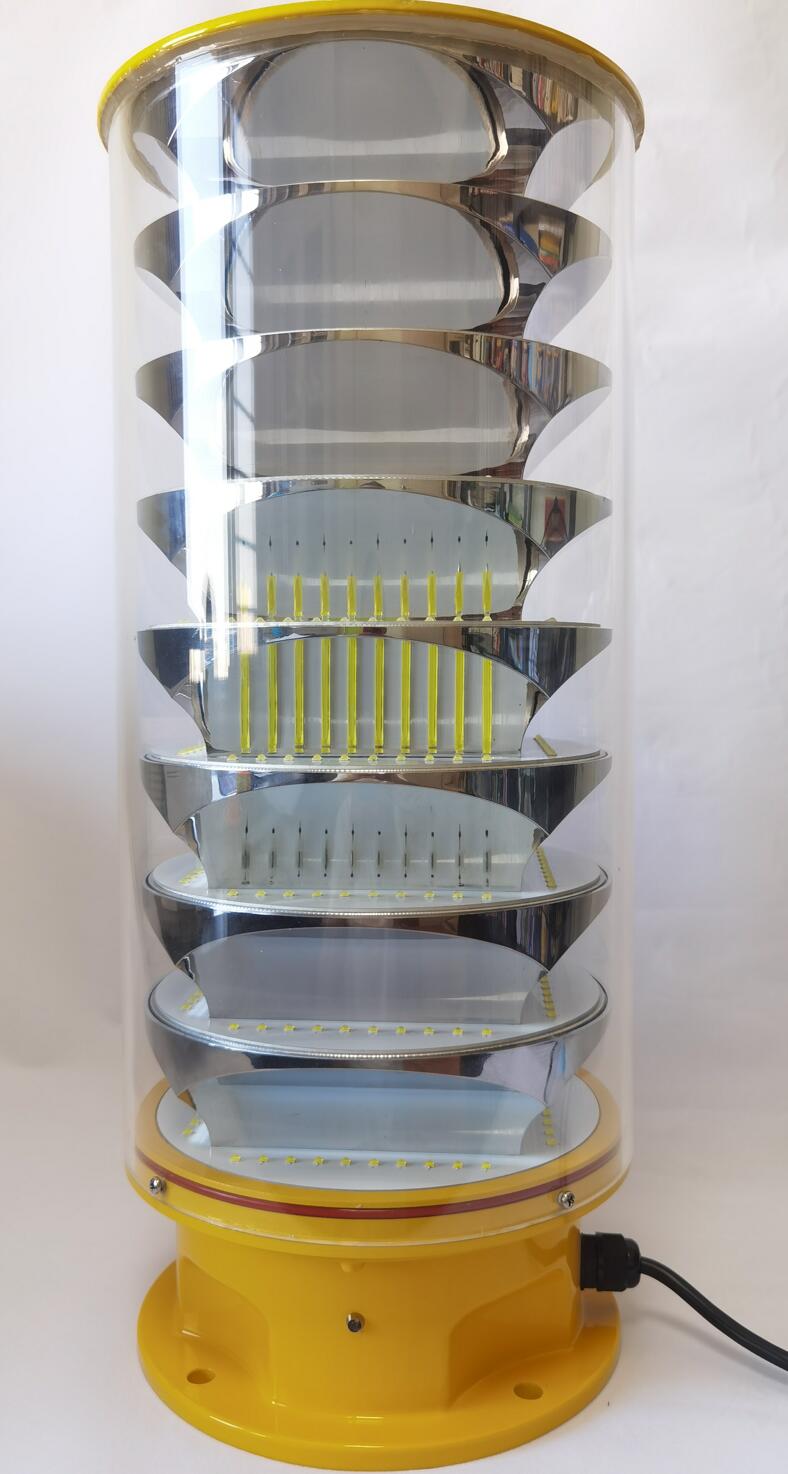
Aviation light for towers plays a crucial role in ensuring the safety of air navigation. These lights are not merely decorative fixtures but essential elements that guide pilots and prevent potential disasters.
Towers, whether they are communication towers, wind turbines, or other tall structures, pose a significant hazard to aircraft if not properly marked. Aviation lights are designed to make these towers visible from a considerable distance, especially during low visibility conditions such as at night, in fog, or during adverse weather.

The importance of aviation lights for towers cannot be overstated. They provide a clear visual indication of the presence and location of the tower, allowing pilots to avoid collisions. These lights are strategically placed and configured to meet strict international standards and regulations to ensure their effectiveness.
One of the key features of aviation lights for towers is their intensity and color. The lights are typically bright and often use specific colors such as red or white to convey different meanings. Red lights are commonly used to indicate the top of the tower, while white lights may mark the sides or other specific areas. This color-coded system helps pilots quickly identify the orientation and position of the tower.
Aviation Light for Towers
fg
sx
56
610
810
864
876
The technology behind aviation lights has evolved significantly over the years. From traditional incandescent bulbs to more energy-efficient LED lights, the advancements have not only improved the visibility but also reduced power consumption and maintenance requirements. LED aviation lights have longer lifespans and are more reliable, ensuring consistent performance.

Another aspect to consider is the power source for these lights. Some aviation lights are connected to the main power grid, while others may rely on solar power or battery backups. This ensures that the lights remain operational even in the event of a power outage.
Installation and maintenance of aviation lights for towers require specialized knowledge and expertise. Trained technicians must ensure that the lights are correctly positioned, the angles are accurate, and the equipment is functioning properly. Regular inspections and tests are conducted to verify the integrity and performance of the lighting system.
In addition to their primary safety function, aviation lights for towers also have an impact on the environment. The careful selection and placement of lights can minimize light pollution, reducing the disruption to local ecosystems and nearby communities.
Aviation light for towers is a critical component of airspace safety. Their proper installation, maintenance, and adherence to strict standards are essential to safeguard the lives of passengers and crew, as well as the integrity of the aviation industry. As technology continues to advance, we can expect these lights to become even more efficient and reliable, further enhancing the safety of our skies.